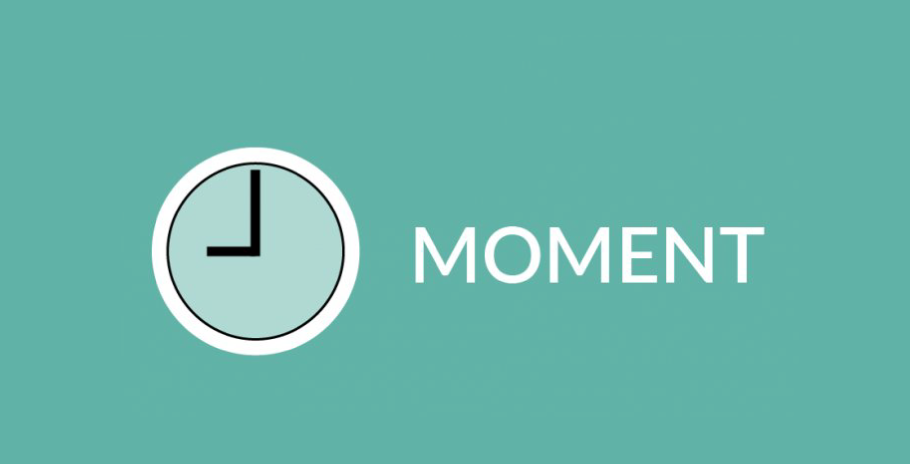


Start using moment in your project by running npm i moment. Latest version: 2.29.4, last published: a year ago. The guides section is new and still under construction. Parse, validate, manipulate, and display dates. We address our most frequently seen support requests here, so it is a great place to check for solutions to any issues you may have. Now, to make the library do its job as aforementioned, I need to call a function after the library reference. The guides area is designed to help developers learn to better interact with the date and time problem domain, and the Moment.js library. Moment.js shouldn't touch or parse dates that are past "yesterday". To get the current date and time, just call moment() with no parameters. As for everything beyond, the tags should display the exact datetime's they would without the JavaScript - i.e. To verify that you can access your Script.
#Moment js now code
Paste the code from MomentJS 2.22.1 into the script body. Important! The relative date parsing shouldn't go beyond "yesterday". Here's how I was able to do it: Create a Script Include with the following attributes: script name is 'moment' (it needs to have this exact name) scope is either global or the same scope as your project (I used global) set as client callable. It pointed out that: We recognize that many existing projects may continue to use Moment, but we would like to discourage Moment from being used in new projects going forward. I've referenced the file properly on my webpage like so: Ĭoming to the HTML part of my webpage, I have two different datetime's on the same page: We now generally consider Moment to be a legacy project in maintenance mode. I'm unable to follow the Moment.js documentation, and need some help with setting it up.


 0 kommentar(er)
0 kommentar(er)
